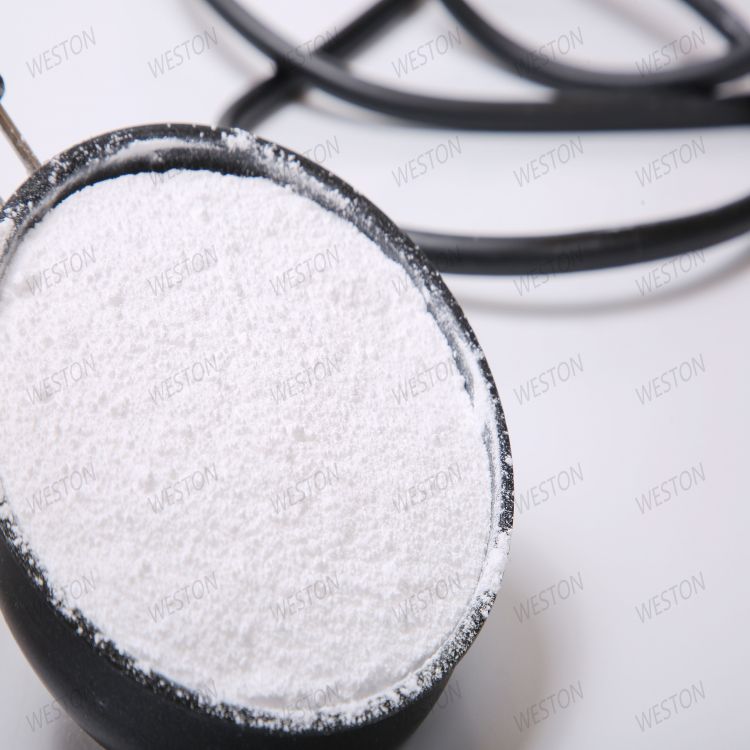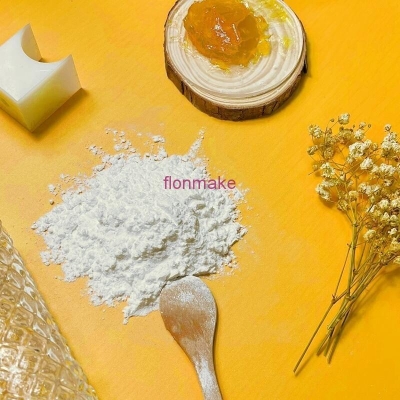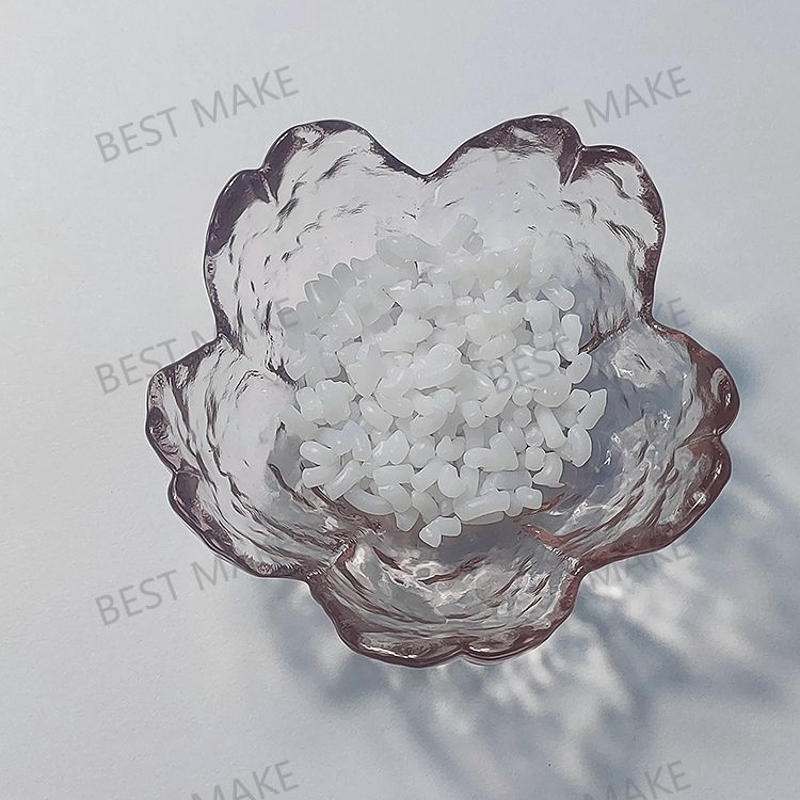-
Categories
-
Pharmaceutical Intermediates
-
Active Pharmaceutical Ingredients
-
Food Additives
- Industrial Coatings
- Agrochemicals
- Dyes and Pigments
- Surfactant
- Flavors and Fragrances
- Chemical Reagents
- Catalyst and Auxiliary
- Natural Products
- Inorganic Chemistry
-
Organic Chemistry
-
Biochemical Engineering
- Analytical Chemistry
- Cosmetic Ingredient
-
Pharmaceutical Intermediates
Promotion
ECHEMI Mall
Wholesale
Weekly Price
Exhibition
News
-
Trade Service
1.
Color
The colors of divalent copper compounds and complex ions are colorful, mainly including:
Anhydrous salt CuF 2 white, CuCl 2 brown-yellow, CuBr 2 black, CuSO 4 white, Cu(NO 3 ) 2 blue-green;
CuF 2 ·2H 2 O green, CuCl 2 ·2H 2 O green, CuSO 4 ·5H 2 O blue, CuAc 2 ·H 2 O green; Cu(NO 3 ) 2 ·3H 2 O blue, Cu( NO 3 ) 2 ·6H 2 O blue;
Oxide CuO black;
Hydroxide Cu(OH) 2 light blue;
Complex ion [Cu(H 2 O) 4 ] 2+ blue, [CuCl 4 ] 2- yellow, [Cu(NH 3 ) 4 ] 2+ dark blue, [Cu(CN) 4 ] 2- yellow, [Cu( OH) 4 ] 2- Blue
.
2.
Copper hydroxide and copper oxide
A strong base is added to the soluble copper(II) salt solution to obtain copper hydroxide Cu(OH) 2 precipitation
.
A Cu 2 + + 2OH - = a Cu (OH) 2
Cu(OH) 2 is amphoteric and partial alkali, which is partially soluble in strong alkali solution, but easily soluble in ammonia water
.
Cu(OH) 2 has poor thermal stability and is heated to about 80°C to be dehydrated and converted into copper oxide CuO
.
Cu(OH) 2 =CuO+H 2 O
CuO can also be made by decomposing certain oxo acid salts or heating copper powder in oxygen
.
CuO is an alkaline oxide, hardly soluble in water, but easily soluble in acid
.
CuO has oxidizing properties and can be reduced by reducing agents such as H2 at high temperatures
.
CuO+H 2 =Cu+H 2 O
CuO good thermal stability and not decompose when heated to the melting temperature (1227 deg.
] C), decomposition of a Cu 2 required higher temperatures O
.
4CuO=2Cu 2 O+O 2
3.
Salt
The most important copper salt is copper sulfate pentahydrate CuSO 4 ·5H 2 O, blue, commonly known as bile alum
.
Four of the five H 2 O coordinate to Cu 2+ , and the other H 2 O forms a hydrogen bond with SO 4 2-
.
CuSO 4 ·5H 2 O is commonly used in electroplating, pesticides (Bordeaux solution), algaecide for water purification, and is also a raw material for the preparation of other copper compounds
.
The anhydrous CuSO 4 powder has strong water absorption and shows the characteristic blue color of hydrated copper ions after absorbing water.
This property can be used to test trace water in some organic substances
Cupric halides include anhydrous salt of CuF 2 , of CuCl 2 and of CuBr 2 , water and salt crystals of CuF 2 · 2H 2 O and of CuCl 2 · 2H 2 O
.
Anhydrous CuCl 2 has an infinite chain structure
.
CuF 2 is slightly soluble in water, and CuCl 2 and CuBr 2 are easily soluble in water
.
In a very concentrated CuCl 2 aqueous solution, yellow [CuCl 4 ] 2- is formed ; while the dilute CuCl 2 solution is blue, and the solution is mainly [Cu(H 2 O) 4 ] 2-
.
Hydrolysis reaction occurs when CuCl 2 ·2H 2 O is heated
2CuCl 2 ·2H 2 O=Cu(OH) 2 ·CuCl 2 +2HCl+2H 2 O
Therefore , when anhydrous CuCl 2 is prepared by the dehydration method , it must be carried out in an HCl atmosphere
.
Anhydrous CuCl 2 is further decomposed into CuCl by heating at high temperature
.
2CuCl 2 =2CuCl+Cl 2
Anhydrous copper nitrate Cu(NO 3 ) 2 is easy to sublime under vacuum, and it is monomer in gaseous state
.
Copper sulfide CuS is hard to dissolve in water, but can be dissolved in concentrated nitric acid or cyanide solution
.
4.
Coordination Compound
Cu 2+ forms a four-coordinated square or planar quadrilateral complex ion with a single-base ligand, such as [CuCl 4 ] 2- , [Cu(H 2 O) 4 ] 2+ , [Cu(NH 3 ) 4 ] 2+ , [a Cu (the CN) .
4 ] 2- and the like
.
Cu 2+ may also have six-coordinate (elongated octahedron) and five-coordinate (tetragonal pyramid or triangular bipyramid).
The former is "4+2" coordination, and the latter is "4+1" coordination.
Cu 2+ can also form stable coordination compounds with some organic ligands (such as ethylenediamine, etc.
)
.
5.
Reducibility
Cu(Ⅲ) compounds are rare due to poor stability
.
K 3 CuF 6 can be obtained by co-heating copper chloride , metallic potassium and elemental fluorine
5K+CuCl 2 +3F 2 =K 3 CuF 6 +2KCl
The following reaction can also produce Cu(Ⅲ) compounds
2CuO+2KO 2 =KCuO 2 +O 2







